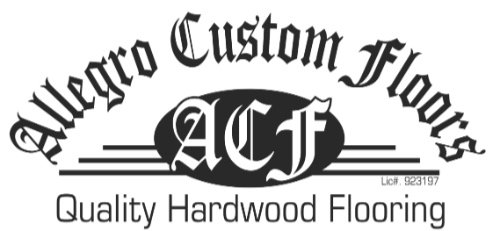Solid Hardwood
Solid hardwood flooring is a classic and timeless choice for flooring that offers a unique combination of natural beauty, durability, and elegance. Here is a detailed description of solid hardwood flooring from a flooring perspective:
Solid hardwood flooring is made from a single piece of wood, typically milled from a hardwood tree species such as oak, maple, cherry, walnut, or hickory. Each plank is made entirely of solid wood, and it is typically available in various thicknesses, with 3/4-inch thickness being common. The planks are usually tongue-and-groove or ship-lap construction for easy installation.
Solid hardwood flooring is renowned for its stunning appearance. It showcases the natural grain patterns, color variations, and character of the wood species, providing a warm and inviting ambiance to any space. The surface can be finished with various stains and finishes to achieve the desired look, from natural and rustic to sleek and modern.
Solid hardwood is known for its durability and longevity. When properly cared for and maintained, it can last for generations. Solid hardwood can be sanded and refinished multiple times over its lifespan, which helps to refresh its appearance and extend its durability.
Installing solid hardwood flooring typically involves nailing or stapling it to a plywood or OSB (oriented strand board) subfloor. In some cases, it can be glued down, especially in areas where nailing is not feasible, such as concrete slabs. Solid hardwood installation can be more labor-intensive compared to other flooring options, and it may require professional installation.
One significant consideration with solid hardwood is its sensitivity to moisture. It can expand or contract with changes in humidity levels, which can lead to issues like cupping, warping, or gapping between planks. As a result, it's often not recommended for use in areas with high humidity or moisture, such as basements or bathrooms.
Regular maintenance is essential to keep solid hardwood flooring looking its best. This includes sweeping or vacuuming to remove dust and debris and periodic mopping with a hardwood floor cleaner. Additionally, solid hardwood floors may require refinishing every 10-15 years, depending on wear and tear.
Solid hardwood flooring can be more expensive upfront compared to other flooring options like engineered hardwood, laminate, or vinyl. The cost varies depending on the wood species, grade, and finish selected. However, its long lifespan and ability to increase the value of a home can make it a worthwhile investment.
Sustainable and responsibly sourced hardwood options are available to reduce the environmental impact of harvesting hardwood trees. Some hardwood species are certified by organizations like the Forest Stewardship Council (FSC) to ensure sustainable forestry practices.
Solid hardwood is a versatile flooring option suitable for a wide range of settings, including living rooms, dining rooms, bedrooms, and hallways. It can be refinished and stained to match changing design preferences.
Solid hardwood flooring offers timeless beauty and a classic aesthetic that can complement various interior styles, from traditional to contemporary.
Solid hardwood flooring is a prestigious choice that brings natural beauty, warmth, and durability to a space. While it requires proper care and is sensitive to moisture, its longevity and timeless appeal make it a favored flooring option for many homeowners and designers.
